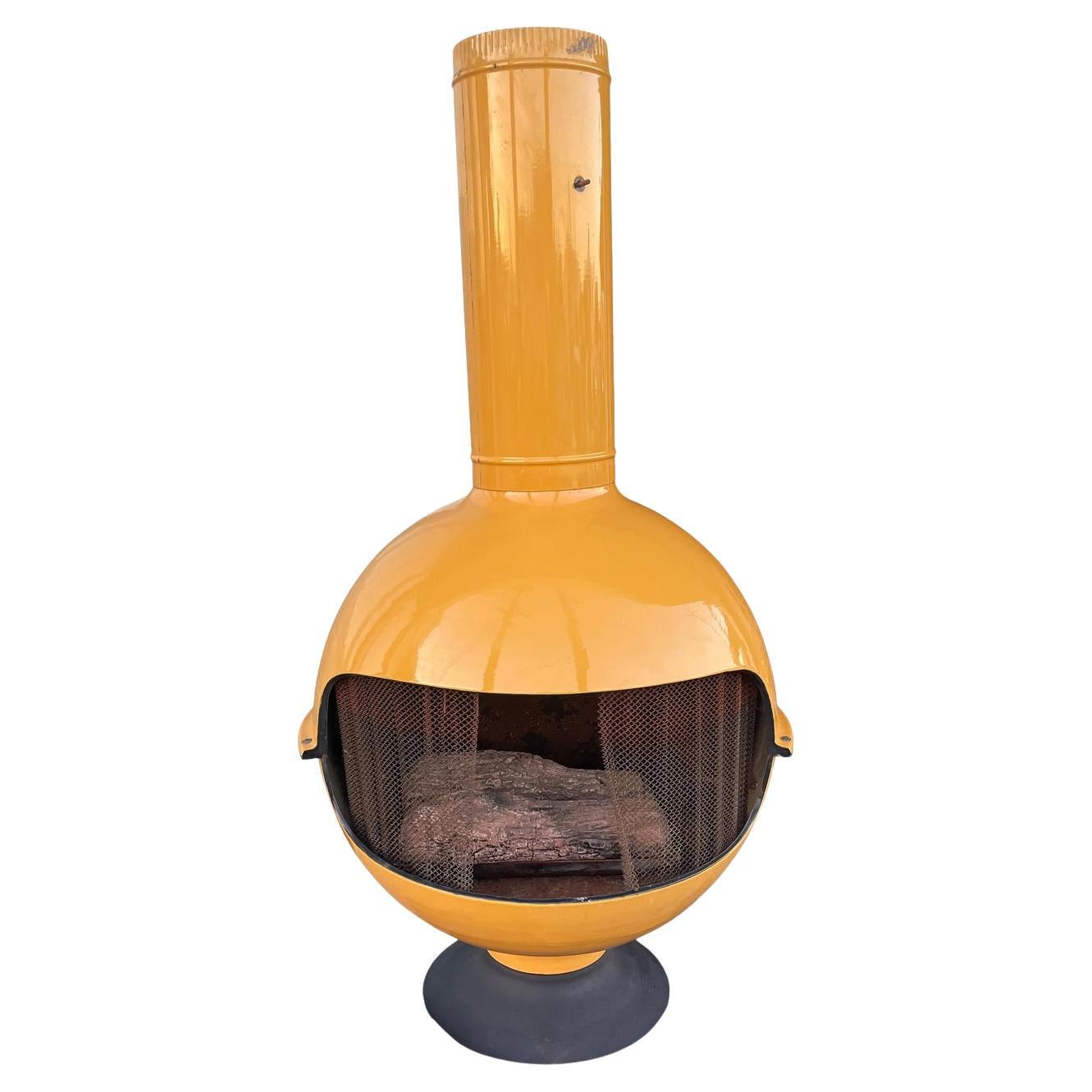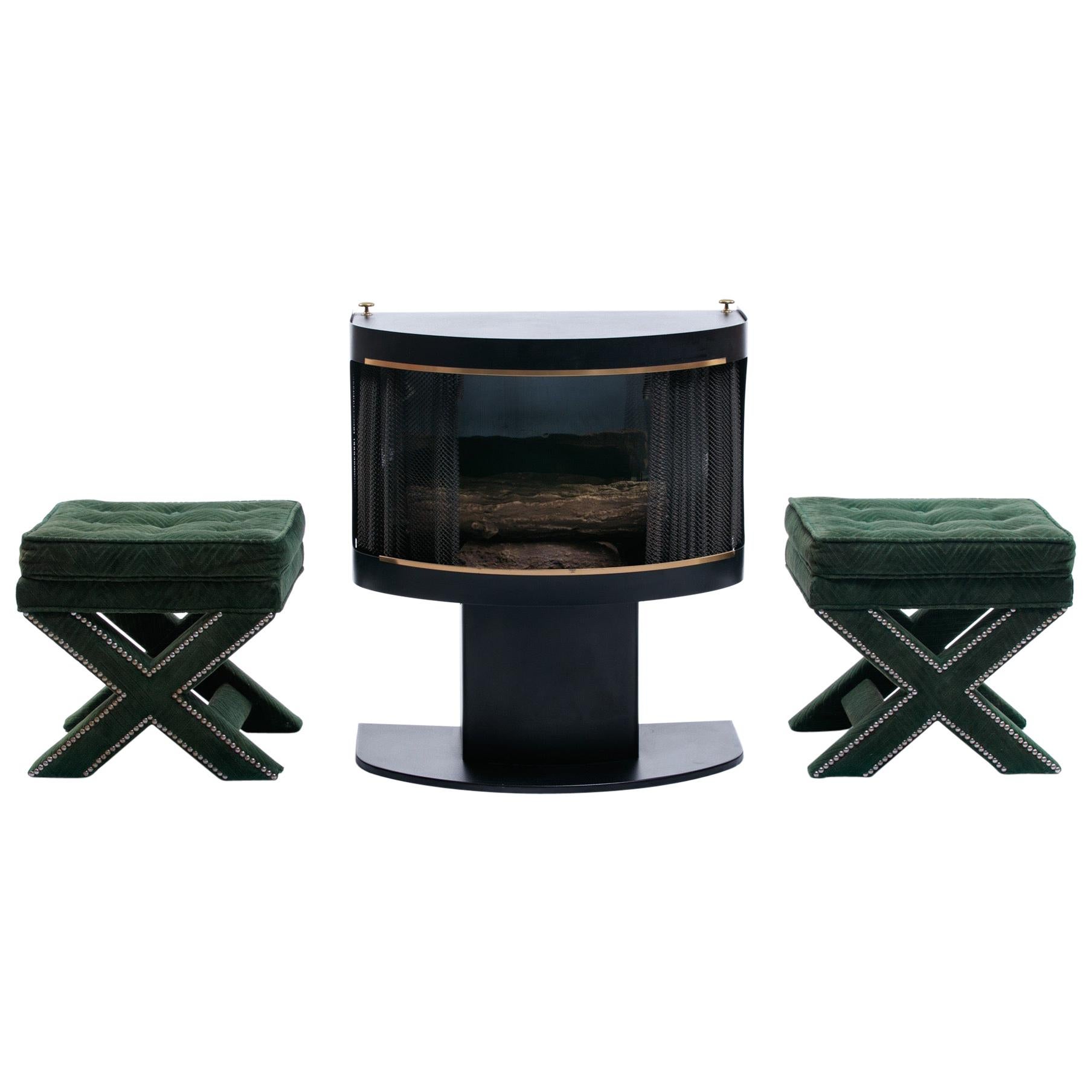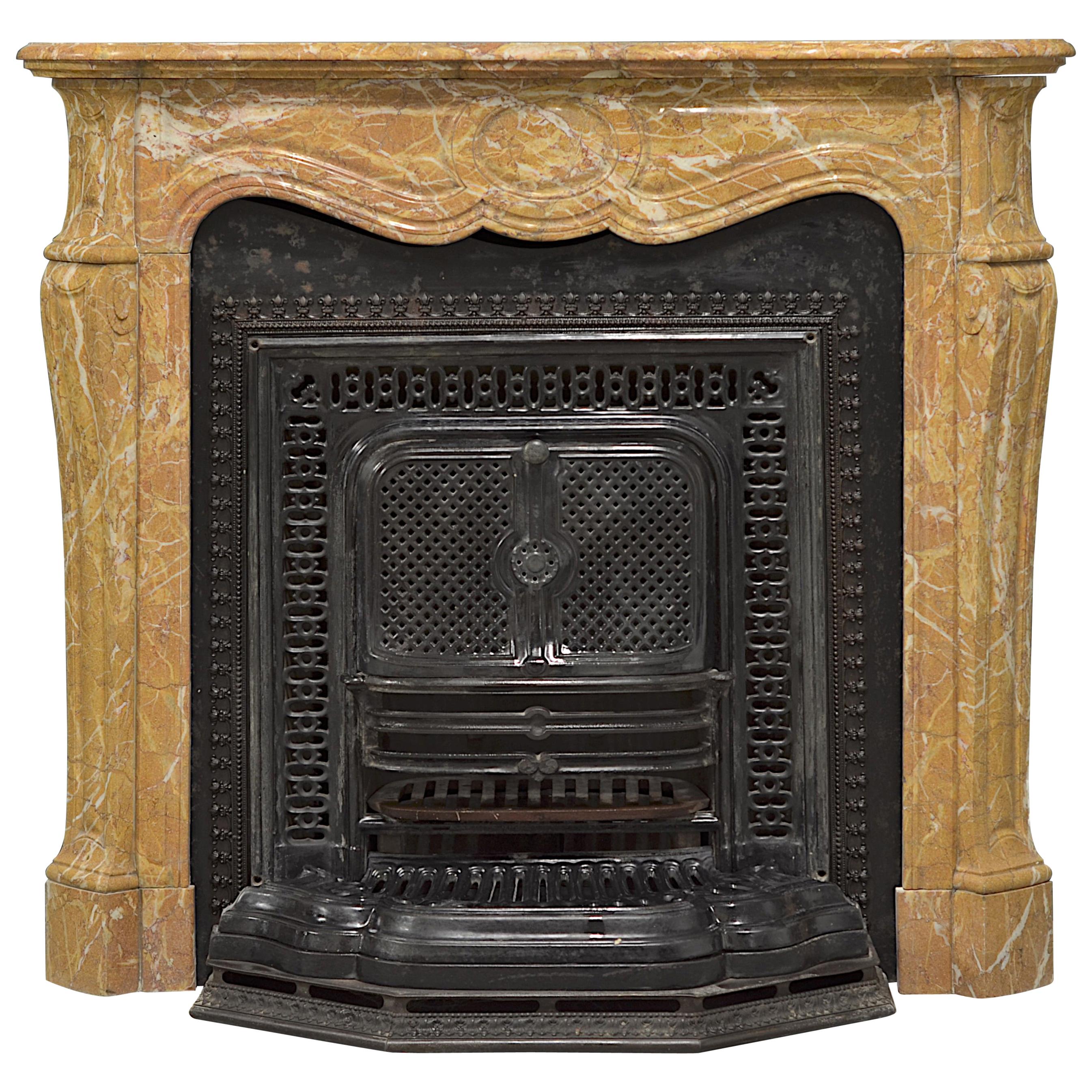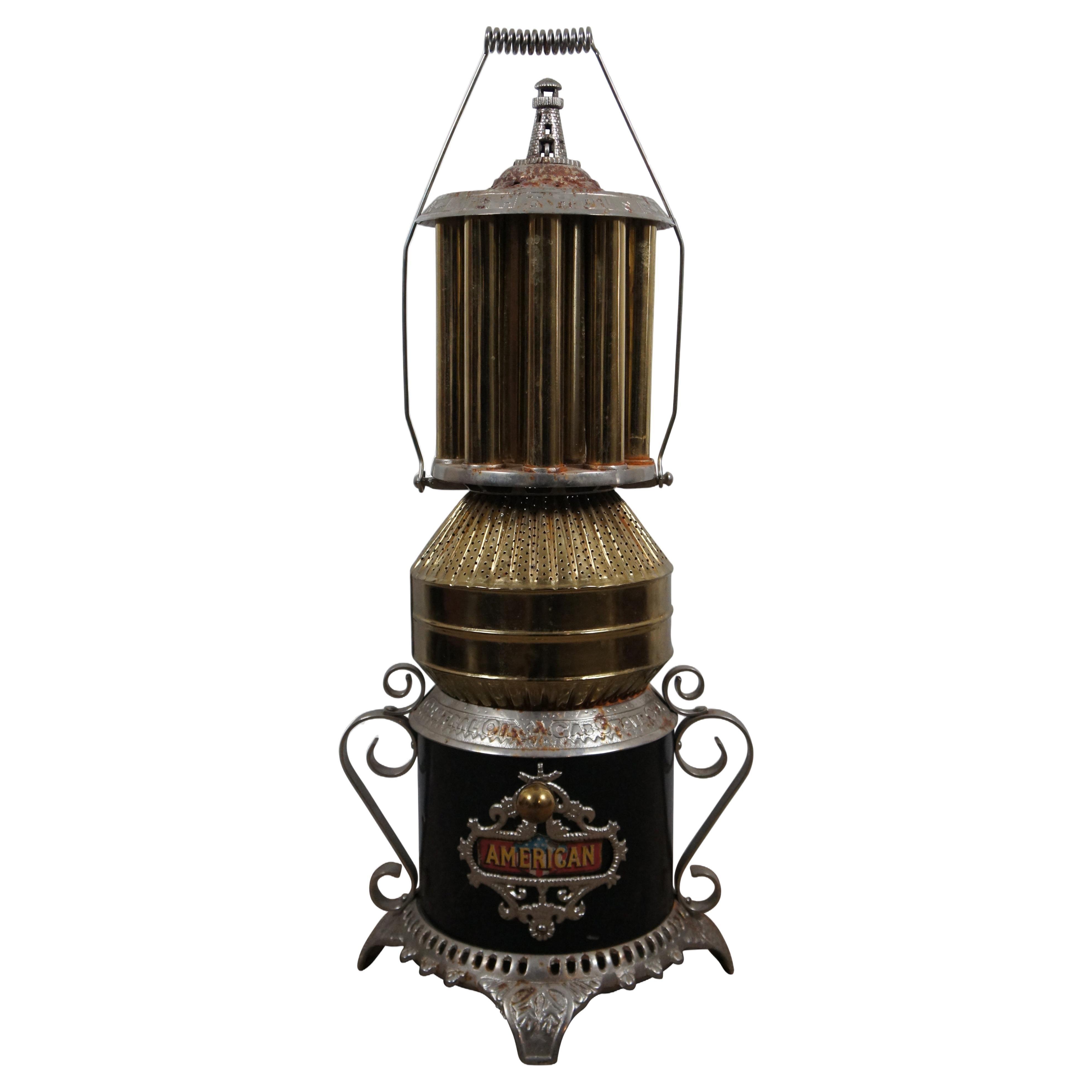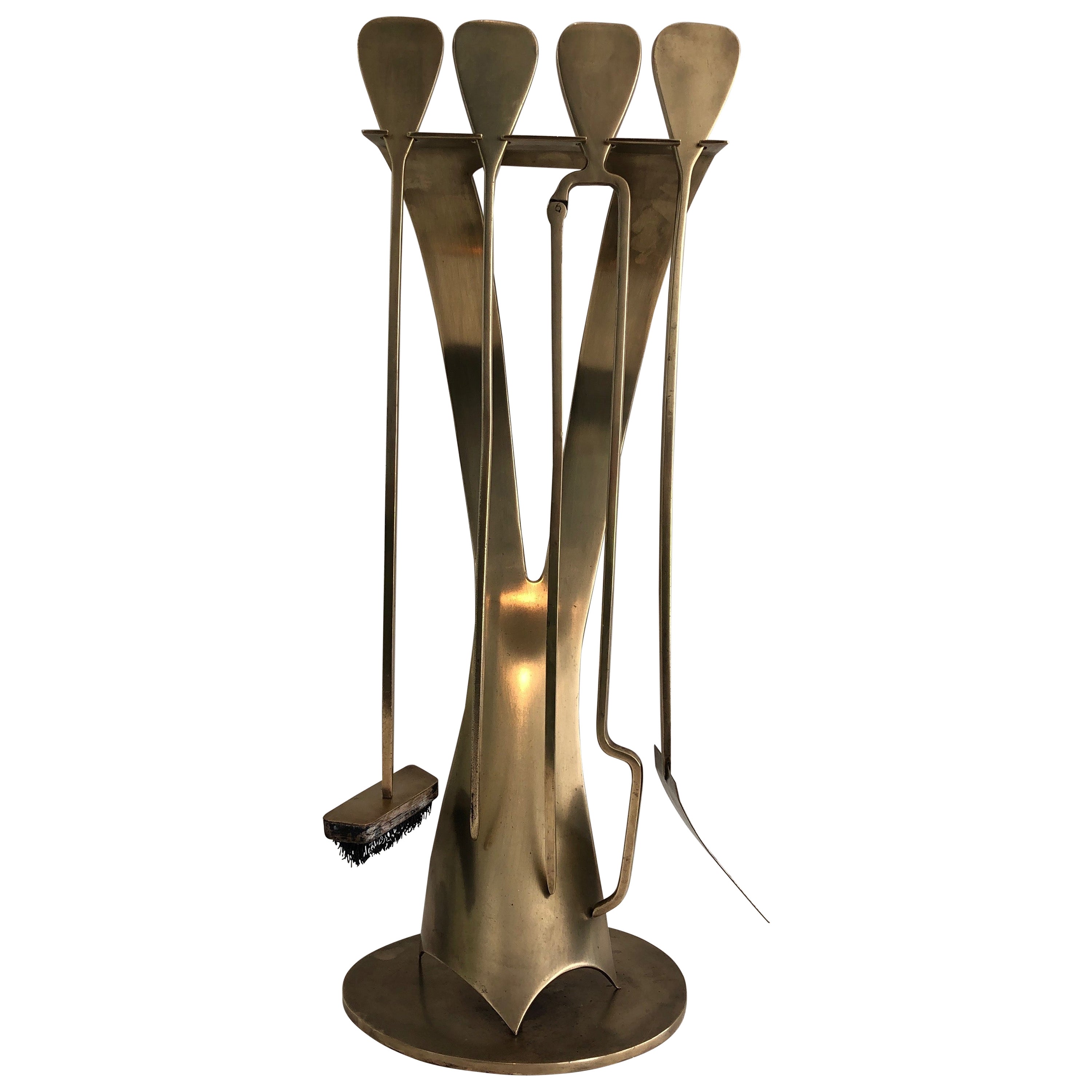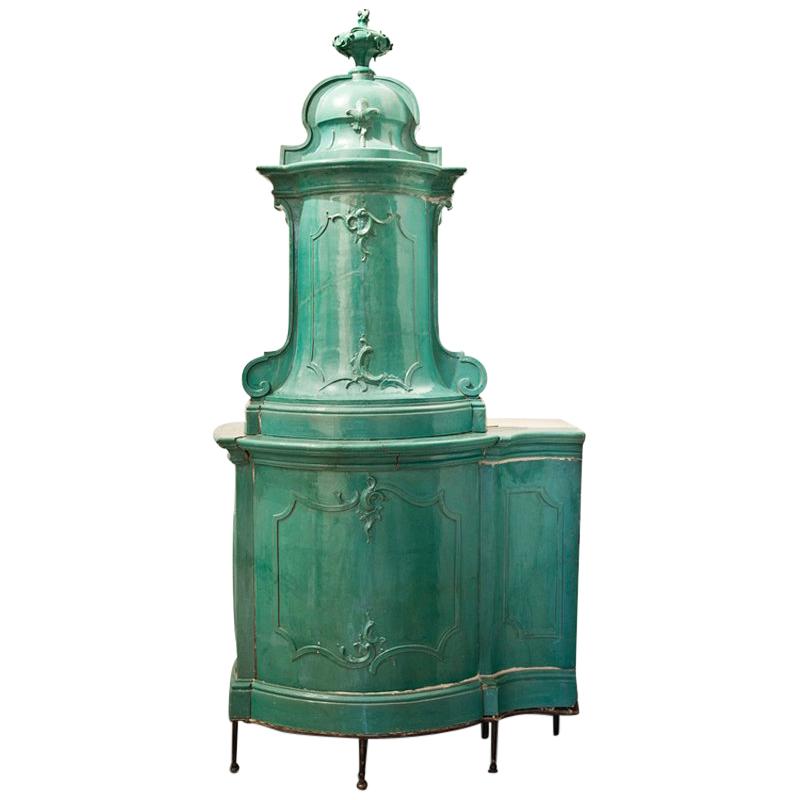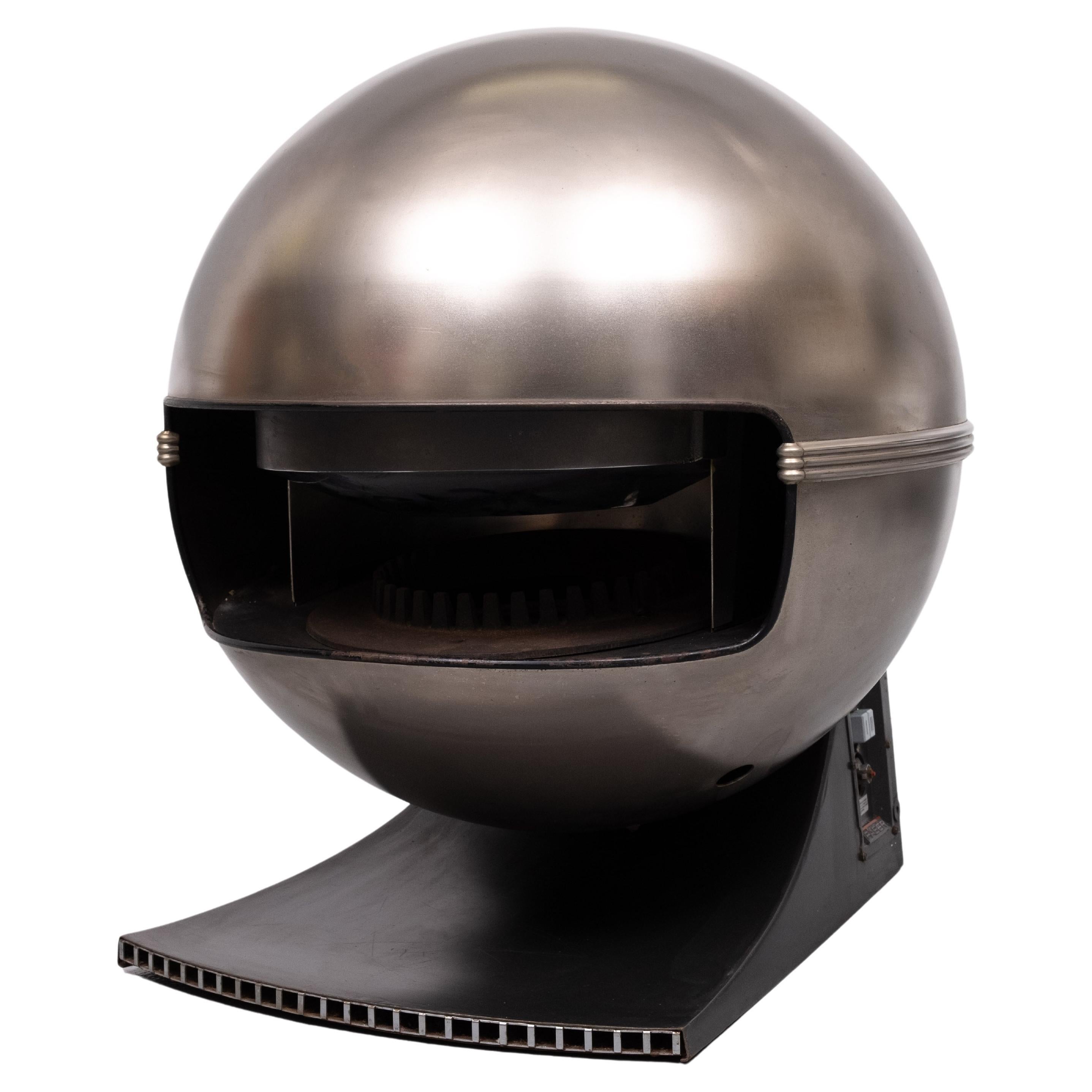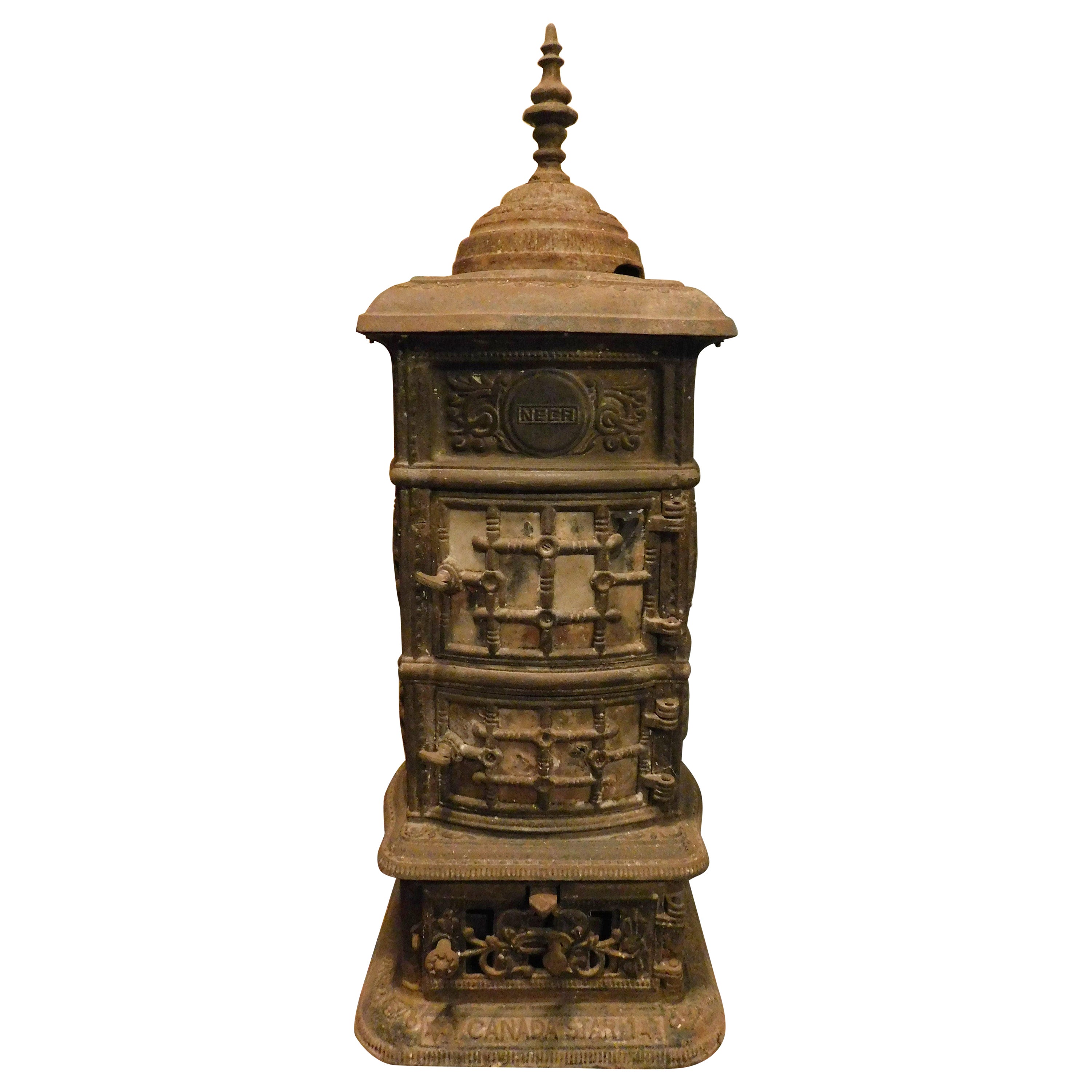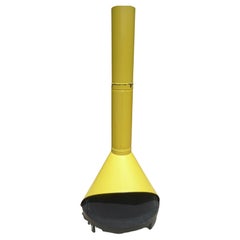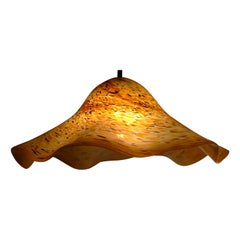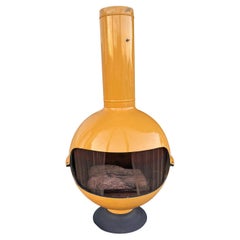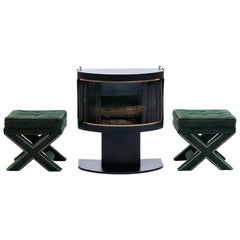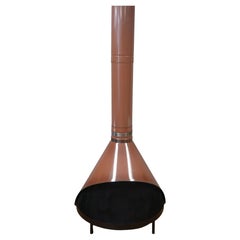
Fireplace Wood Gas Stove Freestanding by Preway, Inside or Outside, circa 1970s
View Similar Items
Want more images or videos?
Request additional images or videos from the seller
1 of 21
Fireplace Wood Gas Stove Freestanding by Preway, Inside or Outside, circa 1970s
About the Item
- Dimensions:Height: 28 in (71.12 cm)Width: 37 in (93.98 cm)Length: 28 in (71.12 cm)
- Style:Modern (Of the Period)
- Materials and Techniques:
- Place of Origin:
- Period:
- Date of Manufacture:1970s
- Condition:Wear consistent with age and use. Excellent condition for age and past use. Presents as brand new except for minor chips on joints between pipes. Thoroughly cleaned and room ready.
- Seller Location:Madison, WI
- Reference Number:1stDibs: LU6700229128912
About the Seller
5.0
Vetted Seller
These experienced sellers undergo a comprehensive evaluation by our team of in-house experts.
1stDibs seller since 2022
7 sales on 1stDibs
More From This SellerView All
- Mid-century Fireplace, freestanding, Preway Mfg., wood or gas in Sunshine YellowLocated in Madison, WIMid-century, contemporary fireplace, freestanding, from Preway Mfg. Designed to burn wood or gas, inside the house or out. Sunshine Yellow color with stove pjping sufficient to reach...Category
Mid-20th Century American Mid-Century Modern Fireplaces and Mantels
MaterialsEnamel, Cut Steel
- Chandelier of Hand-Blown Murano Glass Signed by the Artist Studio, circa 1970s.By Vintage Murano GalleryLocated in Madison, WIMurano glass chandelier light for dining room, entrance hallway. Signed by the artist studio. Smooth beneath and tactile on top with glass beads and small bright pieces of embedded and swirling glass. Glam...Category
Vintage 1970s Italian Modern Chandeliers and Pendants
MaterialsBlown Glass
- Wall clock by Lancashire Watch Co. from rail station, late 19th cent. Ships freeLocated in Madison, WILate 19th century wall clock by Lancashire Watch Co. from British railway station. As the name denotes, Lancashire was primarily a watch company. Opening in 1893 in one of England’s ...Category
Antique Late 19th Century English Victorian Wall Clocks
MaterialsBrass
- Clock Frame from Original Penn Station Train Waiting Room, 6-ft diameter, c 1910By Stanford WhiteLocated in Madison, WIClock frame from the original Penn Train Station Waiting Room in New York City, circa 1910. The Penn Station Clock, with its significant 6-foot diameter, was suspended above the frenzied crowds in the waiting room. And became a popular rendezvous location through the years for millions of travelers, warriors, lovers and friends. A movie "The Clock" (1945) showcased these rendezvous and the dramas that ensued. Penn Station, the building that housed the clock, is considered a magnum opus of the 20th century. A magnificent example of the Beaux-Art style. Its demolition to the ground beginning in 1963 created an uproar of anger and disbelief, sending shockwaves through the city and the world. "When the Old Penn Station Was Demolished, New York Lost Its Faith."--The New York Times declared. And lost most of the precious artifacts from the building, trucked to landfills or taken home by those working the site. The Penn Station clock disappeared. Until now. The Penn Station clock frame, forged in iron, its roman numerals hammered out on an anvil, represents an American icon of illustrious provenance and backstory. In famous photos of the old Waiting Room, the clock stands out as a beacon suspended beneath the vaulting, 138-foot high ceiling. More than a 100 years old, 60 of those in obscurity, this is one of a few prominent architectural elements to have survived the demolition of the monumental Pennsylvania Station...Category
Early 20th Century American Beaux Arts Architectural Elements
MaterialsIron
$29,500 Sale Price40% Off - Sculpture for wall; midcentury bead wire tire structure, pair; like an eel trapLocated in Madison, WISculpture for the wall of tire-shaped, bead wire, circa 1960s. Sold as a pair. Actually used at one time in tire manufacturing. An industrial component, these tire bead wires compose...Category
Mid-20th Century American Industrial Abstract Sculptures
MaterialsSteel, Wire
- Ottoman Coffee Table Upholstered in Vintage Military Pup Tent Canvas on BarnwoodLocated in Madison, WIOttoman, coffee table professionally upholstered in vintage military pup tent canvas on a reclaimed barn wood frame. Perfectly sized at 30" square, 16" high for use as ottoman, coffe...Category
2010s American Industrial Ottomans and Poufs
MaterialsCanvas, Hardwood, Reclaimed Wood
$780 Sale Price20% Off
You May Also Like
- Freestanding Yellow Gas FireplaceLocated in Los Angeles, CAThis Yellow freestanding gas fireplace is the epitome of retro chic and mid-century modern cool. Own a piece of history, this design perfectly embodying ...Category
Mid-20th Century Fireplaces and Mantels
MaterialsMetal
- Mastercraft Brass and Metal Freestanding Fireplace, circa 1970sBy MastercraftLocated in Saint Louis, MOA sexy Scandinavian vibe emanates with a warm glow from this vintage Mastercraft faux fireplace, which can conveniently move with you as there is no installation required. Faux logs...Category
Vintage 1970s American Mid-Century Modern Fireplaces and Mantels
MaterialsMetal, Brass
- Antique Marble Fireplace with Cast Iron StoveLocated in Haarlem, Noord-HollandAmazingly colorful French Louis XV fireplace mantel from Paris, France. This bright and friendly pompadour style mantel comes with cast iron stove and...Category
Antique 19th Century French Louis XV Fireplaces and Mantels
MaterialsMarble, Breccia Marble
- Unusual Antique Austrian Corner Gas FireplaceLocated in Rockaway, NJCobalt blue tile brass trim Austrian corner gas fireplace or heater or hearth.Category
20th Century American Mid-Century Modern Fireplaces and Mantels
- Rare Antique American Central Oil & Gas Lighthouse 110 Stove Heater 33"Located in Dayton, OHA rare and impressive American Central Oil & Gas Lighthouse 110 heater. Baby boomers who grew up in Gardner may recall visits to their grandmother’s house that had a large Florence stove occupying space in the kitchen. Dating back to the 1880s, they were manufactured at the American Oil Stove Co. in Gardner, later at the Central Oil and Gas Co., and by 1924 it became Florence Stove. At one time, it held Gardner’s second largest workforce, second only to furniture manufacturer Heywood-Wakefield Co. What people may not realize is that the stove company was not named Florence for a person but rather for the place where the wickless-type kerosene burner was invented and adapted into a cooking appliance. It was in the small town of Florence, Mass. – next door to Northampton – where William H. Wilder invented the kerosene burner in 1872. The most amazing thing about the invention was that Wilder was only 17-years old when he contracted with the Florence Machine Co., which at the time was manufacturing sewing machines, to build the ranges for him. Wilder was the only man from Gardner to be elected to the U.S. Congress in Washington, D.C., but before that time he formed the American Oil Stove Co. in Gardner in 1884. Joining forces with Alvin M. Greenwood and Calvin H. Hill, the men began to develop some of Wilder’s inventions to initially manufacture Florence kerosene ranges at the plant on lower School Street. In 1890, Central Oil and Gas Co. took over the business and moved the operations back to a factory in Florence. A short time later, an economic depression dubbed “the Panic of 1893” nearly wiped out Wilder, leaving him on the brink of bankruptcy. He was able to reorganize the Gardner plant by 1896 and the company soon began working on gas appliances, such as hot plates and gas burners. In no time, the business began to flourish and the local facility expanded over 10 and one-half acres of land. A disastrous fire on April 19, 1899, destroyed the main factory on School Street. Since Wilder was well connected within the community, it didn’t take long for the locals to come to his aid. In less than a week’s time, a temporary structure was fashioned helping with the manufacture of stoves. After Wilder died in 1913, his son, Solon Wilder, became president of the Central Oil and Gas Stove Co. until his death at the age of 39 in 1922. It became organized in 1924 under Joseph P. Carney, who proposed the name the Florence Stove Co. Kerosene ranges were still a major part of the business, while the company also began developing cabinet-type room heaters, wickless kerosene burners and the first “look-in” windows for the over doors of kerosene ranges. In time, Florence Stove opened production plants throughout the country in such locations as Kankakee, Ill., Newark, Ohio, and Lewisburg, Tenn. During the Depression around 1933, Florence Stove was credited with introducing the first oil and gas dual-oven combination all-steel range. The following year, the company developed the first oil-burning space heaters, which connected to home chimneys. For many years, Florence Stove in Gardner manufactured gas ranges...Category
Antique Late 19th Century Victorian Fireplaces and Mantels
MaterialsMetal
- Brass Design Fireplace Tools. French, Circa 1970Located in Marcq-en-Barœul, Hauts-de-FranceThese design fireplace tools on stand are all made of brass. This is a French work, circa 1970.Category
Vintage 1970s French Mid-Century Modern Fireplace Tools and Chimney Pots
MaterialsBrass
$2,596 Sale Price20% Off
Recently Viewed
View AllMore Ways To Browse
Fireplace Stove
Freestanding Screens
Gas Fireplace Used
Modern Fireplace Grate
Gas Fireplace
Retro Beach
Fire Stove
Freestanding Fireplace
Used Freestanding Fireplace
Garden Retro Furniture
Fireplace Grate Retro
Vintage Wood Stoves
Retro Fireplace Home Garden
Vintage Fireplace Screen Set
Fireplace Screen Tall
Modern Wood Stove
Vintage Freestanding Fireplace
Retro Fire Grate

